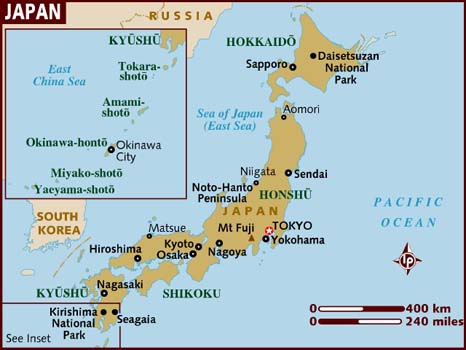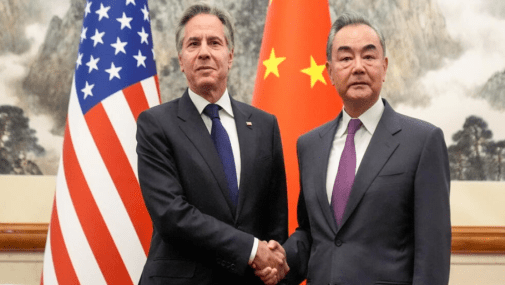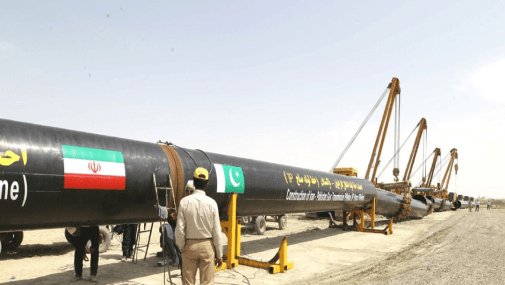Japan to buy more stealth fighters
December 19, 2018 | Expert Insights

Shinzo Abe’s government has decided to purchase Lockheed Martin’s fifth-generation joint strike fighter, the F-35.
Background
The Lockheed Martin F-35 Lightning II is a family of single-seat, single-engine, all-weather stealth multirole fighters. The fifth-generation combat aircraft is designed to perform a ground attack and air superiority missions. The fighter, first flown in 2006, was developed by Lockheed Martin as a versatile aircraft that could be used by the US Air Force, Marine Corps and Navy. It has three variants: conventional take-off and landing (A); short take-off and vertical landing (B) and carrier-based catapult (C).
The F-35's nine partner countries are the United States, Australia, Canada, Denmark, Italy, the Netherlands, Norway, Turkey and the United Kingdom. Suppliers in each country are producing F-35 components for all aircraft, not just those for their country. The total cost of the F-35 program has increased from $233bn in 2001 to $391bn — making it the US Department of Defense’s "most costly and ambitious acquisition program".
On 2 August 2016, the U.S. Air Force declared its first squadron of F-35A fighters combat-ready.

Analysis
In a five-year defence plan approved by Prime Minister Shinzo Abe’s cabinet, the government unveiled plans for additional purchases of Lockheed Martin Corp.’s F-35 stealth fighter. At the same time, Japan is pledging to play a leading role in the development of another military jet to replace the F-2, built by Mitsubishi Heavy Industries Ltd. and Lockheed.
Japan is seeking ways of countering Trump’s criticism over its hefty trade surplus with the U.S. without damaging the car industry that forms a major pillar of its economy. The announcement on increasing defence imports from its only treaty ally - something Trump himself has called for - comes amid preparations for two-way trade talks that could start as soon as next month.
The strategy could prove expensive. The so-called Medium-Term Defence Program outlines spending of 27.5 trillion yen ($244 billion) for the period from 2019-2023, up almost 3 trillion yen in the previous five years. The program is based on broader defence guidelines, which were also approved by the cabinet.
With 42 F-35s already in hand or on order, Japan wants to build its fleet up to a total of 147, although it has set no timetable for that target, according to defence ministry officials. The government is considering switching from completing the assembly domestically to importing completed planes from the US.
That will bring the unit price down to about 11 billion yen from about 15 billion yen, according to a Defence Ministry budget document distributed to reporters by the ruling Liberal Democratic Party. Prioritizing costs by importing F-35s directly would, however, be damaging for the domestic defence industry Abe has previously sought to defend.
In 2014, Abe loosened restrictions on defence exports, hoping to increase opportunities and reduce costs for home-grown military contractors previously limited to the domestic market. None of Japan’s defence contractors features in the world’s top 20, according to the Stockholm International Peace Research Institute. To address the imbalance, Japan will take the lead in the development of a replacement for the ageing F-2 fighter jets under the defence plan, albeit with international cooperation in mind.
Other elements of the Mid-Term Defense Plan include adapting Japan’s two helicopter destroyers to be used with the short-takeoff, vertical-landing version of the F-35, making them effectively small aircraft carriers. Japan will also strengthen its capabilities in space, cyberspace and the electromagnetic environment, including research and development aimed at introducing electromagnetic pulse weapons.
Assessment
Our assessment is that Japan is preparing to counter growing Chinese aggression over the disputed islands in the South China Sea. The purchase of the F-35B will give Tokyo operational flexibility in the region as the plane does not require a long runway to take-off or land. We believe that Japan is aiming for a smaller but a more modern and adaptable naval force.
Read more:








Comments